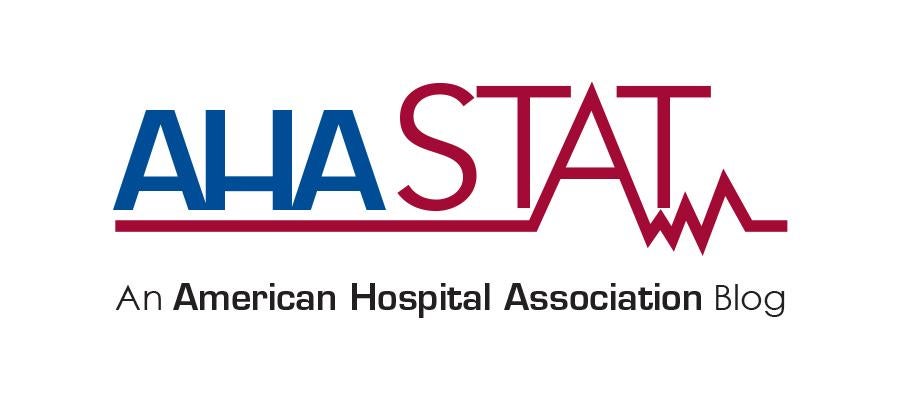AHA blog highlights weaknesses in hospital consolidation study

A study on hospital mergers and quality described in a recent article in The Wall Street Journal uses data that is not sufficiently up to date and therefore of minimal value for assessing the benefits of hospital mergers, writes AHA President and CEO Rick Pollack in the AHA Stat Blog.
“It is also at odds with a recent study by Charles River, a leading global consulting firm, which found statistically significant improvements in the rates of readmissions and mortality associated with mergers,” Pollack notes. “Unlike the study cited by the journal, this study did not use patient satisfaction surveys to measure quality; that is not the purpose of such surveys as they measure patient experience rather than more objectively measureable aspects of quality.
“As the authors themselves acknowledge, the study suffered from a number of limitations which also bear on its validity, including that it examined the ‘average effects’ of a merger, which ‘might obscure the benefits.’ Neither hospitals nor the communities they serve can be shoe horned into ‘average effects’ when it comes to providing life sustaining care.
“The facts are that in addition to improving quality, mergers produce important cost savings and do not increase revenues. And, importantly, mergers can keep hospitals open to serve patients. Entire communities rely on their hospitals as anchors and hospitals often need partners to continue to serve those communities with high quality care that keeps pace with local needs.”

